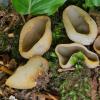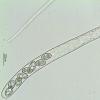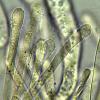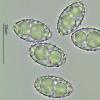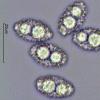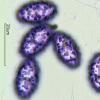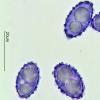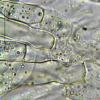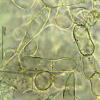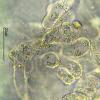
03-08-2014 12:48
 Rubén Martínez-Gil
Rubén Martínez-Gil
Hola a todos. Subo unas fotos de una Peziza que e

01-08-2014 20:25
Gernot FriebesHi,I found this species on a decorticated branch o

02-08-2014 11:25
Marja PennanenHello forum,when these black spots open, they show

30-07-2014 18:11
 Christian Lechat
Christian Lechat
Dear friends mycologists,I just inform you that th

29-07-2014 17:19
SYLVAIN ARDBonjour,je voulais savoir si la carte de couleursh

26-07-2014 12:43
 Maren Kamke
Maren Kamke
Hi everybody,I've difficulties with this Pyrenomyc

Hola a todos.
Subo unas fotos de una Peziza que encontramos ayer en talud musgoso dentro de un hayedo.
Miden hasta 2,5 cm de diámetro.
Esporas bigutuladas y verrugosas de 17-20 x 10-11,5 micras.
Ascas operculadas y sin croziers.
En las células del excípulo ectal he visto ¿pigmentos, cristales?, no se, adjunto foto.
He pensado en P. succosa, ¿Qué les parece?
Gracias por su ayuda.
Rubén

Bonjour Ruben,
Belles images !
Je pense aussi que c'est bien P. succosa . (ornementation en crêtes et biguttulation des spores conformes)
Amitiés
Michel
Cordialement
René

Gracias Michel, gracias René, por sus respuestas.
Rubén

Juste une petite remarque : la coloration de l'ornementation de l'image 6 prête à confusion car elle pourrait laisser croire à des verrues assez larges ^. On voit mieux dans les images prises dans l'eau ou ans l'image 7
Michel

Gracias por su observación, Michel, lo tendré en cuenta.
Rubén
